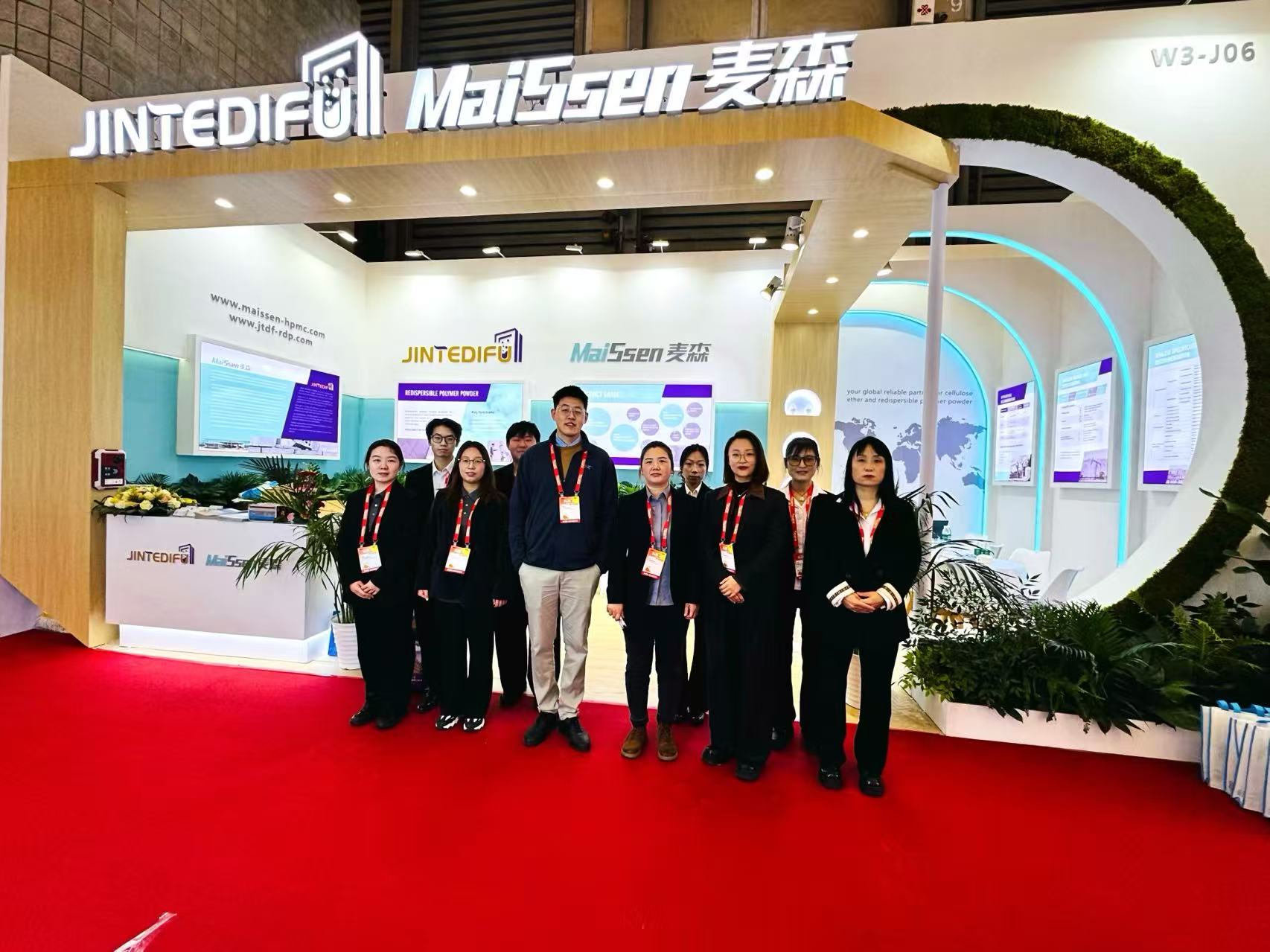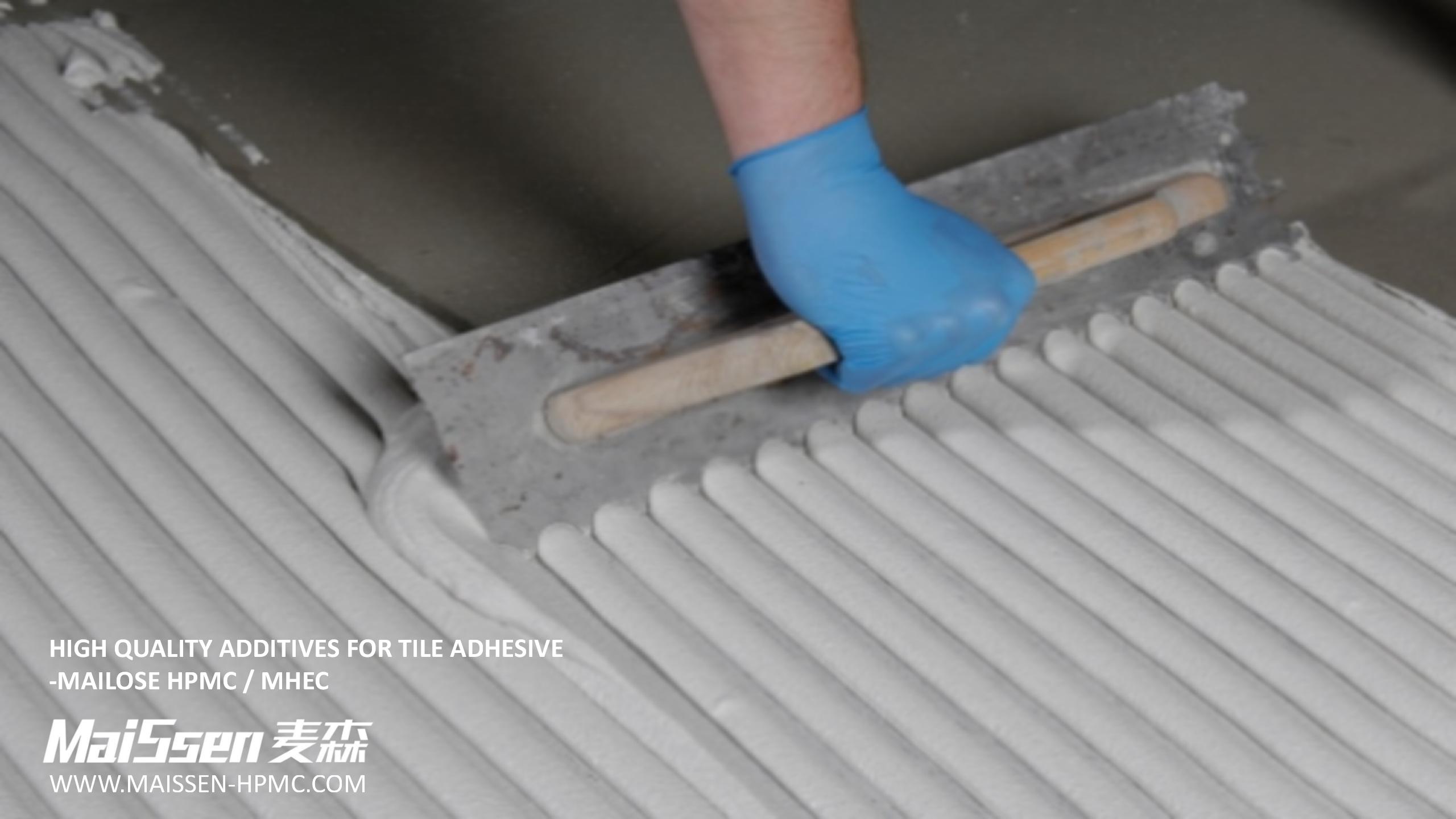What is HEC?
Hydroxyethyl cellulose (HEC), a white, odorless, non-toxic powdery solid, prepared by etherification of alkaline cellulose and ethylene oxide (or chloroethanol), is non-ionic Soluble cellulose ethers. HEC has good thickening, suspending, dispersing, emulsifying, bonding, film formation, protecting moisture and providing protective colloids, it has been widely used in petroleum exploration, coatings, construction, medicine and food, textiles, papermaking, and polymers. Polymerization and other fields.
What happens to HEC in water-based coatings?
As a non-ionic surfactant, hydroxyethyl cellulose has the following properties in addition to thickening, suspending, bonding, floating, film-forming, dispersing, water-retaining and providing protective colloids:
1. HEC can soluble in hot or cold water, does not precipitate at high temperature, so that it has a wide range of solubility and viscosity characteristics, and non-thermal gelation.
2. The water retention capacity is higher than that of methyl cellulose, and it has better flow regulation.
3. The dispersing ability of HEC is worse than that of methyl cellulose, but the protective colloid ability is the strongest.
4.HEC can coexist with other water-soluble polymers, surfactants, and salts. It is an excellent colloidal thickener containing high-concentration electrolyte solutions.
How to use HEC?
1. Add during production processes directly
Add clean water to a large bucket equipped with a high-grade agitator. Start stirring continuously at low speed and slowly sieve the hydroxyethyl cellulose into the solution evenly. Continue to stir until all the particles are soaked. Then add preservatives and various additives. Such as pigments, dispersing aids, ammonia and so on. Stir until all the hydroxyethyl cellulose is completely dissolved (the solution viscosity increases significantly) before adding other materials in the formula to react.
2. Equipped with mother liquor
The mother liquor with higher concentration is prepared first, and then added to the product. The advantage of this method is that it has greater flexibility and can be directly added to the finished product, but it must be stored appropriately. The steps of this method are similar to most of the steps in Method 1; the difference is that there is no need for a high-strain stirrer, only a stirrer with enough power to keep the hydroxyethyl cellulose uniformly dispersed in the solution, and continue to continue. Stir until completely dissolved into a viscous solution. However, it must be noted that the antifungal agent must be added to the mother liquor as soon as possible.

Key words: HEC, cellulose ether, construction chemicals, uses.







